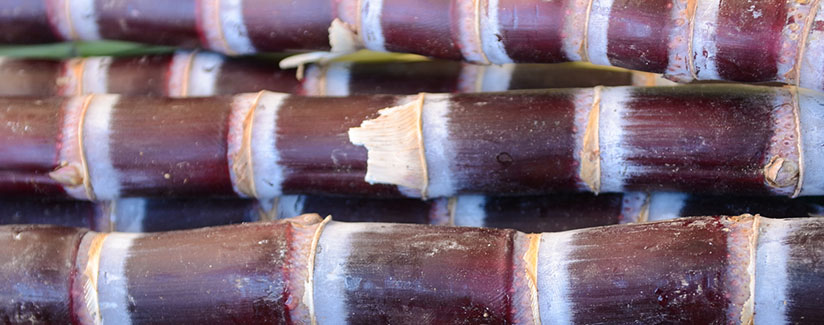
Is Real Cane Sugar Healthier Than Other Sweeteners?
In a word, no.
In the old cowboy Westerns, you could always tell the good guy from the bad guy by his white button-down shirt. Recently, a similar guideline has been applied to many of the foods that we once enjoyed. This time though, the new “bad guy” in town, an alleged less-nutritious option, now wears white: white bread, white pasta and white sugar. In reality, it takes more than a glance at a food’s color to determine whether something is inherently healthier.
Be sure to use any type of sugar sparingly!

High-Fructose Corn Syrup (HFCS) vs. Other Sweeteners
Dr. John White, MD, Founder and President of WHITE Technical Research, and one of the leading experts in fructose and HFCS says science tells us that there is little difference between HFCS and any other caloric sweetener. It adds calories in the same way that sugar, honey, fruit juice concentrate or agave nectar do. In fact, they all contribute to the same number of calories per gram. Sugar comes from sugar cane or sugar beets; HFCS comes from corn; fruit juice concentrate comes from various types of fruits; and agave nectar comes from the agave cactus.
Consumers tend to view sugar as a pristine sweetener that falls in crystalline form out of a sugar cane or sugar beets and right into the sugar bowl, as white shiny crystals, but “normal sugar” – or sucrose – is not as pristine as people think.
Nutritive vs. non-nutritive sweeteners
Connie Diekman, M.Ed., RD, CSSD, LD, past president of the Academy of Nutrition and Dietetics and current Director of University Nutrition, Washington University, says stevia powder provides a lower calorie option for those who want the sweet taste without the calories of sugar. Stevia is one of several non-nutritive sweeteners that are acceptable options for those watching calories or those who need to monitor blood sugar.
Nutritive sweeteners occur naturally in foods or may be added in food processing or by consumers before consumption. Higher intake of added sugars is associated with higher energy intake and lower diet quality, which can increase the risk for obesity, prediabetes, type 2 diabetes, and cardiovascular disease. On average, adults in the United States consume 14.6% of energy from added sugars. Sugar alcohols (also referred to as polyols) add sweetness with less energy and may reduce risk for tooth decay. Foods containing polyols and/or no added sugars can, within food labeling guidelines, be labeled as sugar-free.
Non-nutritive sweeteners (NNS) are regulated by the Food and Drug Administration as food additives, and they are generally recognized as safe. The Food and Drug Administration approval process includes determination of probable intake, cumulative effect from all uses, and toxicology studies in animals. Seven NNS are approved for use in the United States: acesulfame K, aspartame, luo han guo fruit extract, neotame, saccharin, stevia, and sucralose.
We covered this topic during the True? Or Not? Your Food Questions, Expert Answers webinar. Check out the webinar slides here.
Do you have a question about sugar? Submit a question!
“Sugar cane (Saccharum Officarum)” by Franco Folini is licensed under CC BY SA 2.0.


























